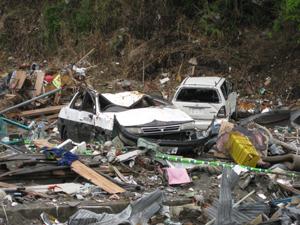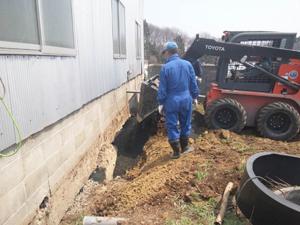Two years ago, on March 11, 2011, a massive earthquake and tsunami struck northern Japan, especially the Tohoku region in northeastern Honshu, the largest of the Japanese islands.
More than 18,000 people were killed or are missing and presumed dead. Property damage ran into the tens of billions of U.S. dollars, and a meltdown at the Fukushima nuclear power plant, precipitated by the tsunami, will impose additional long-term cleanup costs for many years to come. The disaster struck every sector of Japanese life, including agriculture.
Farmers the world over are tough and resilient, and Japanese farmers are no exception. Although more than 53,000 acres were affected by the disaster, Japan’s Ministry of Agriculture, Forestry, and Fisheries plans to have all farmland back into production by the spring of 2014. Two-thirds are expected to be producing this year. The disaster-impacted area accounted for roughly 30 percent of Japan’s 25 million metric ton total compound feed production capacity, but total feed production fell only about 5 percent in 2011 thanks to quick restarts by affected plants and increased production in unaffected areas. Production is now back to normal.
Agriculture is a community, and farmers have a long tradition of helping. The U.S. Grains Council dates its beginning to the “hog lift,” an effort to assist Japanese farmers in recovering from a devastating typhoon that struck Yamanashi prefecture in 1959. In the decades since then, the partnership between U.S. producers and Japanese farmers, feed millers, food producers, and consumers has immeasurably enriched and strengthened both nations.
At this, the second anniversary of the Tohoku earthquake and tsunami, the Council wishes to pause to remember the many thousands of victims and their families — our friends, partners, colleagues, and customers – and to again express thanks to the many Americans, including many Council members, who contributed in so many ways to the relief effort.



